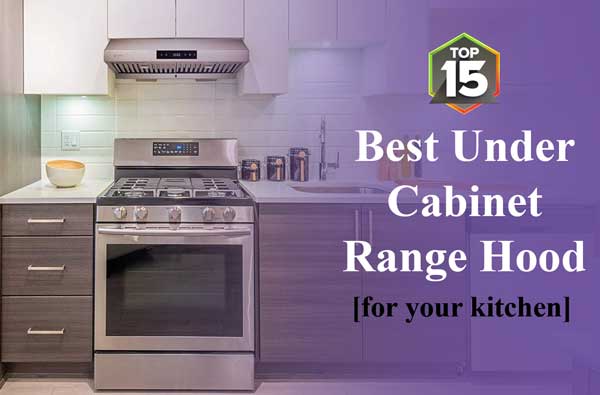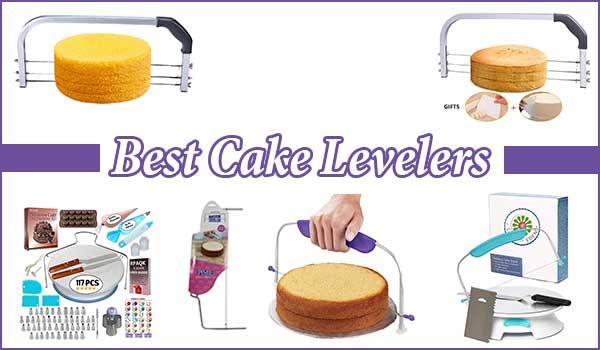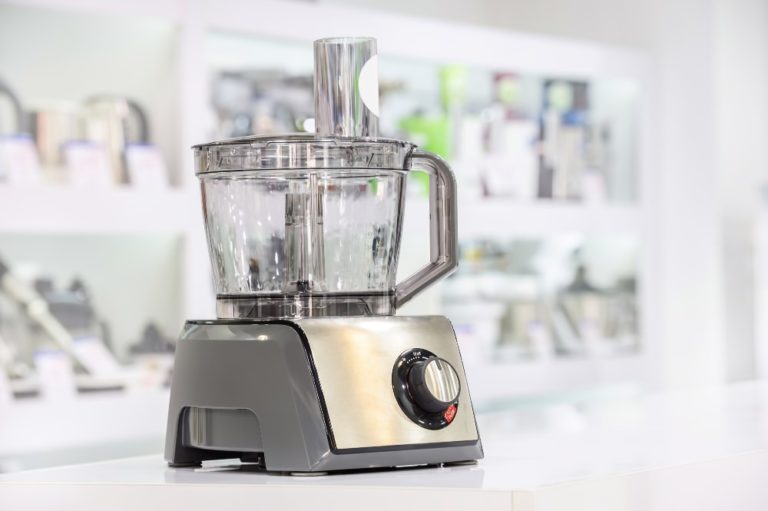Microwave Safety Tips – How To Use A Microwave Safely
It would be very rare to find a kitchen these days that did not include a microwave oven. Whether it’s used just for reheating cold food or maybe to defrost meat before cooking, there’s no doubt that, since it’s introduction to our kitchens back in the 1980’s, the microwave oven is a well used piece of kitchen equipment.
It’s not until your microwave stops working that you realize just how much you rely on this device for defrosting, reheating and cooking. When ours broke down recently I went out and bought a new one the very next day because it became clear that, even though I don’t do a lot of cooking in it, we do use it a lot for reheating leftovers and defrosting meat.
Most of us have lived with microwaves in our kitchens for most of our lives now so we’re pretty familiar with their uses, but, when’s the last time you refreshed your knowledge on the safety rules to follow regarding microwave cooking?
Here’s our list of Microwave Safety Tips that every microwave user needs to know.
- Never turn the microwave on when it is empty.
- Do not prop the microwave door open – most microwaves won’t operate unless the door is completely closed but don’t be tempted to (for whatever reason) try to trick the machine into thinking that the door is closed when it is actually still open.
- Do not clean your microwave with abrasive cleaners – check out tips on the best way to clean your microwave here.
- Clean up spilt food immediately.
- Most foods should be covered with plastic film or a microwave safe food cover to help prevent mess and splattering.
- Use the correct types of cookware – oven proof glass and ceramic dishes and “microwave safe” plastic ware. See our suggested microwave cookware here.
- Do not use metal dishes or even dishes with metal trim or decoration. These can cause arcing which can damage the magnetron.
- Foods with a high fat content (like bacon) should be placed on or covered with absorbent paper (paper towel) while cooking.
- Aluminum foil can be used in the microwave – but only a small amount of it. Do not cover more than a third of the food with foil. Foil is useful to cover and protect portions of food which cook more quickly such as the legs and wings of a whole chicken.
- To prevent explosions in your microwave, foods with a membrane or casing (such as sausages and egg yolks) should be pierced (with a knife or a fork) before heating.
- Microwaves work by heating the water in the food. This can result in uneven heating of your food. For example the filling in sausage rolls (and other pastries with fillings) can become very hot while the pastry, because of its lower water content, does not become hot. This means you could take a sausage roll out of the microwave and think that it is not too hot to eat, but then when you bite into it, you might find that the filling is so hot it burns you. The message here is to take extra care when eating foods heated by a microwave.
- The penetration of heat continues even after the food has been removed from the microwave, so it is recommended that food be allowed to stand for approximately half the cooking time before eating it.
The Best Cookware To Use In Your Microwave
As mentioned in our list of safety tips above, the best types of cookware to use in your microwave oven are glass, ceramic and plastic which is labelled as “microwave safe”.
Never put metal in your microwave (not even a spoon left in the bowl or a knife and fork left on the plate) as this can cause arcing and severely damage your microwave.
You probably already have plenty of dishes (plates, bowls and casserole dishes) in your house that are ceramic or oven proof glass and thus can be used safely in your microwave. Here are some of our favorite suggestions for some other fun microwave safe cookware:
The Joseph Joseph Stackable Microwave Cooking Set is very convenient and, due to its “stackability” allows you to cook a whole meal in your microwave in minutes!
If you’d rather avoid plastic (some people just prefer glass), this set from Libbey Baker includes 3 different sized casserole dishes with lids, and they’re safe for your microwave, oven, fridge and freezer, making this a very handy set for any kitchen.
For storing leftover food and then reheating, you can’t go past this great set of microwave safe food storage containers from Razab – great for meal prepping!
A set of glass jugs is a very handy addition to any kitchen for measuring and pouring batter and cake mixes and, when they’re microwave and dishwasher safe like this set from Pyrex, they’re even handier!
Cooking rice in the microwave is one of the easiest ways to prepare rice. You can just use a large, deep glass bowl to cook your rice or, if you prefer you can use a purpose-built microwave rice cooker. These are two of the best around to create fluffy rice in your microwave:
If you’re a bit old fashioned and prefer the look and feel of cooking in a saucepan, these microwave safe saucepans are really cool – perfect for heating up baked beans or a tin of soup, but in your microwave instead of on the stovetop!
Whatever you use your microwave for, it’s important to know the best, safe practices for using a microwave safely.
Hopefully our microwave safety tips have reminded you of all the important things to know about using your microwave safely and our microwave cookware guide has helped you to know the best and safest equipment you can use in your microwave.














